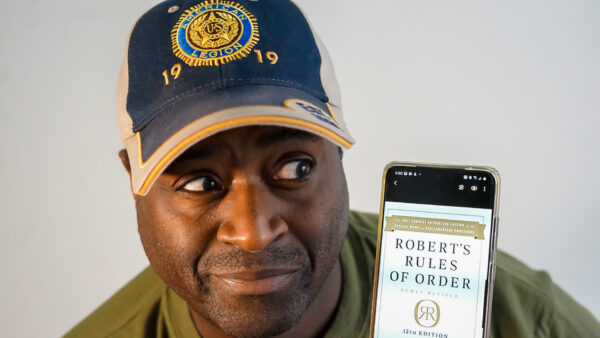
For this month’s Robert’s Rules lesson, we are going to try something different. We are going to bust a few myths that exist about Robert’s Rules and expose the facts that debunk those myths.
1. Calling the Question ends debate. We’ve covered this before, but it is an important one and probably one of the biggest myths out there. During a debate, a member may call for the question, meaning that they would like to end debate and vote on the motion. That wish must be seconded by another member and then voted on by the body. To win that vote requires 2/3 of the body. No one member can end debate; That requires a 2/3 vote.
2. A motion is always necessary. While having a motion is always proper, there are times when things can be moved along quickly. For non-controversial items, the chair can ask if there are any objections. Hearing none, the chair may declare that the motion passes by unanimous consent. The key here is unanimous. Any single objection requires the item becomes a motion and goes through that process.
3. Only one motion can be on the floor at a time. This is a myth, mostly because is mistaken for the real rule that there can only be one “question”, or “immediately pending motion” on the floor at a time. Pending motions can be made that are secondary motions made while handling the main motion. It sounds as confusing as it can be in reality, but do know that there can be multiple motions on the floor is they are made as secondary to the main motion.
4. Nothing can be done without a quorum. While it is true that no substantive decisions can be made without a quorum. There are things that can be done by those who are attending. You can call the meeting to order and that meeting will count towards any minimum number of meeting requirements, unless otherwise stated in a bylaw. Member who meet without a quorum can also discuss items informally, gaining consensus for when a vote is called. Finally, the group can “continue” a meeting. This is an important distinction from calling a “special meeting”. A continued meeting is considered an extension of the meeting in progress, not a new “special meeting” that requires notice.
5. Minutes must be approved before actions take effect. This is not true because the minutes are not the events and actions, rather they are the record of the events and actions. The approval of minutes is only to approve the accuracy of the record. The actions are in effect as soon as adopted, unless a rule or condition explicitly states otherwise.
These are just a few of what are likely many myths about Robert’s Rules of Order. Please let us know what potential myths you’d like covered. Please also let us know if you have any general questions about Robert’s Rules of Order and we will try to uncover the answers in future columns.
Sources used:
http://www.jimslaughter.com/Meeting-Myths.cfm
https://www.dummies.com/careers/business-skills/12-roberts-rules-meeting-procedure-myths/
https://www.lawoforderblog.com/2017/07/4-myths-about-roberts-rules-and-quorum-and-why-the-truth-matters/












